Dan Berger’s Wine Chronicles: Chenin Blanc and the Invisible Renaissance
With dry styles gaining traction, a small but growing group of vintners is reshaping chenin blanc’s reputation in California.
We Need Your Help
If you’re reading this, you care about independent, locally owned, ad-free storytelling — reporting that puts our region’s stories first, not corporate interests or clickbait.
Join a community that values in-depth, independent reporting. Become a paid subscriber today — and if you already are, thank you. Help us grow by liking, commenting and sharing our work.
Chenin Blanc and the Invisible Renaissance
By Dan Berger
NAPA VALLEY, Calif. — It might be a paradox to have a renaissance of something that previously never existed, but that seems to be the curious situation that’s occurring in the Napa Valley over the last few years, and which is almost invisible to most wine lovers.
Still, the development gladdens me to no end because it’s something I have been praying for for more than three decades.
Those who are deeply involved in this imperceptible renaissance are even more excited about this than I am. At least that was the impression I got recently when I participated in what some people might consider to be a kind of esoteric investigation that takes me back to my formative years as a wine gumshoe.
Today’s news is that chenin blanc is returning from the deceased. Although most wine lovers would say that this grape ought to remain moldering in the grave, I see it as a grape variety that never gained its rightful attention from America’s serious wine lovers and wine critics, most of whom have always thought of it as a trivial cultivar worthy of the worst epithets in Roget’s or a barracks.
But for a brief time, millions of casual U.S. wine drinkers adored it without having a clue as to what historic greatness it has always had. Although it was a brief romantic fling, it was a time of optimism for those few of us who understood the grape. And those who didn’t? Oh, they of little knowledge.
Chenin blanc is about as noble a variety as any in the viticultural firmament. If you believe that riesling and chardonnay are the two finest white wine grapes extant in the vit-scape (naysayers please weigh in), then likely you never tasted a great chenin from France’s Loire Valley, which makes many sublime wines that display extraordinary personalities. There they are revered as few other white wines are.
It also produces some exquisite wines in South Africa and has done so since the 1600s when the Dutch were a world trading power. Happily, many of the great chenin blancs from South Africa are now slowly making their way here. But the attention paid to them remains scant, just the way Americans have often done with other obscure but noble varieties. In this case, the grape variety is generally thought of here as déclassé – nothing particularly special. I say nay.
Challenge your vocabulary with this week’s mystery word. Submit your answer in the poll, and check the bottom of the page for the correct answer.
As to what’s happening today: Roughly two dozen Napa Valley wineries and probably another dozen or more outside the county are now producing small quantities of chenin blanc. And the key to its “renaissance” is that wines are not like they once were, which was kind of sweet.
Today’s chenin blancs are dry, many of them styled a bit like the drier wines of the Loire Valley, which can be awesome. And although it may seem counterintuitive to some people, the latest CB wines are generally structured to improve in the bottle. Because they are so nicely crafted, they also taste so good now. Indeed, it’s hard to put them down.
This style of wine rarely occurred previously in this country with this grape. Even though chenin blanc has been widely grown throughout California for decades, especially in the Napa Valley, almost its entire history is that of a relatively simple, usually sweet white wine.
In the 1970s, Napa Valley was at the forefront of chenin blanc production with Charles Krug Winery dominating the category. Krug’s floral and delicious version was relatively sweet, a charmingly fruity version that probably was a fixture on just about every restaurant wine list in this country.
In those days, any winery that made 25,000 cases of one varietal wine was seen as a huge success. Around 1980, Krug made an unheard-of 125,000 cases of chenin blanc. One reason for the popularity of this grape was that it could produce revenue for those who grew it that exceeded the revenue produced from selling exalted cabernet sauvignon grapes.
At one point in the late 1980s, one of the best growers of chenin blanc in Napa Valley was the late Ed Chaix, who some believe grew the finest chenin blanc grapes in the valley on his Rutherford ranch. I called him one morning to ask him why he was still growing chenin blanc when cabernet was so popular. He said his chenin grapes were really good and in demand – and he knew he could make more money from it than by growing cabernet grapes.
He said winery grape buyers told him the best cabernets came from vineyards that grew four tons per acre. He knew he could grow two and a half times that amount of chenin blanc and still produce exceptional chenin, which yielded more revenue than did the cabernet.
Indeed, growers loved chenin blanc’s ability to produce large crops of high-quality fruit, unlike many other varieties where larger tonnages normally lead to mediocre quality. As a result, chenin blanc was widely planted around the state.
So popular was this grape variety that a young couple, Vince and Audrey Cilurzo, owners of the Cilurzo Winery in Temecula, initially planted just two grapes on their nascent winery property: petite sirah and chenin blanc. (Locals say it was the first planting of wine grapes in Temecula.) So enamored were Vince and Audrey with the white wines they made that they named their daughter Chenin. (Her brother, Vinnie, and his wife, Natalie, today own the hugely successful Russian River Brewing Co. in Sonoma County.)
Today Chenin and her husband Sean Carlton own a winery in seaside Pacific City, Oregon called Basket Case where they make chenin blanc, among other wines.
Chenin blanc’s popularity remained strong during the 1980s and began declining in the 1990s as chardonnay began to display its Burgundian cachet. Soon it had replaced “Chablis” as a request from those ordering wines by the glass in restaurants. Chardonnay’s chicness helped to force chenin blanc into decline. Chardonnay was dry and most chenin blancs were sweet.
In 1997 I wrote an article for the Los Angeles Times about how chenin blanc had declined so rapidly in the United States that Charles Krug Winery said it was discontinuing production of the variety. It said the 1996 vintage of it would be its last.
The late wine historian William Heintz told me at the time: “It’s very sad – chenin blanc was a milestone wine for Krug.” He noted that two slightly sweet white wines sold out year after year: Krug’s chenin and Wente’s grey riesling.
A spokesman for Krug at the time said his company was revamping its image toward a younger and more “hip” crowd, and modest-quality white wines like chenin blanc were not as fashionable as was chardonnay.
For a brief period, Krug made a small amount (1,000 cases) of a dry, barrel-fermented wine made from chenin blanc grapes. It was called pineau, which is the first part of the grape’s alternate Loire Valley name in France, pineau de la Loire. Krug’s 1996 pineau sold for $12 a bottle compared with $6 for the sweeter chenin blanc. Several years later, it abandoned chenin blanc altogether.
At the time, about 75 California wineries were making a chenin blanc, but statewide production declined every year after 1980s.
Still, chenin blanc is a superb grape variety that is widely misunderstood by American consumers. In her “Oxford Companion to Wine,” Jancis Robinson says that chenin blanc is probably the world’s most versatile grape variety. It makes delicate white wines that can be dry, off-dry, very sweet or sparkling and has a flavor profile that is broadly appealing, with melon, apple, pear and leafy elements.
Loire Valley produces a wide range of wines from the grape, including Vouvray (slightly sweet), Vouvray sec (dry) and sparkling; age-worthy Savennières; sweet like quarts de chaume and Bonnezeaux, and various dry wines from Montlouis.
Dry Creek Vineyards in Sonoma County and Chappellet on Pritchard Hill in the Napa Valley both have long made exceptional dry versions of chenin blanc. When it was the most popular white wine in the United States, both wineries were at the forefront of a more sophisticated dry style, but in recent years, both of their versions tended to be slightly sweeter than at the beginning. But that may be changing.
Dry Creek gets its chenin blanc fruit from one of the finest regions in the state for the grape: Clarksburg in the San Joaquin Delta. It usually has aromatic elements of melon, chamomile tea, lime and a trace of juniper. Recent vintages have been a little sweeter than they once were.
The fascinating thing about the renaissance of this variety as a dry wine is that it came about so quietly that almost nobody who loves the grape even knew about it.
There is a good reason for that, which has very little to do with California wine history and includes how French wines are sometimes hard to identify by their names and regional design designations.
All this will be explored next week in part two, where there will be recommendations for the best producers to look for and why getting the wines will not be a simple task. In the meantime, enjoy spring in Wine Country with a glass of dry chilled chenin blanc.
Wine Discovery:
2021 Scattered Peaks Cabernet Sauvignon, Napa Valley ($50/see below): Winemaker Steven Uberg and consultant Joel Aiken (former winemaker at BV) make the cabernets for this project. They tend to be crafted with better balance than so many other typical cabernets. This one has beautiful structure and good acidity to go along with relatively rich yet still complex flavors. The winery website indicates "medium to full-bodied with intense black and red fruit aromas. Fine and velvety tannins and a touch of vanilla support the long, lingering finish. Opulent and brooding fruit flavors of black cherry, blackberries and cassis mingle with black licorice, violets, cedar, walnut and dark cocoa notes." I bought a bottle at the original price and thought it was a good value. Bottle Barn in Santa Rosa now is carrying this wine for $21.99.
—
Dan Berger has been writing about wine since 1975.
Today’s Polls:
This Week's Word Challenge Reveal:
The correct answer is C. “Bud break after winter dormancy." "Débourrement" is a French term used in viticulture to describe the moment when grapevine buds swell and begin to open — signaling the end of dormancy and the official start of the growing season. The term has been used for centuries in French winemaking regions and is closely observed by vineyard managers, as the timing of budburst can influence the entire vintage. Early or late débourrement can affect everything from frost risk to harvest dates, making it a critical milestone in vineyard management. We hope you enjoyed this week’s challenge and look forward to next week’s word.
Explore These Related Articles:
Browse All Napa Valley Features Stories
—
The views, opinions and data presented in this article are those of the author and do not necessarily reflect the official policy, position or perspective of Napa Valley Features or its editorial team. Any content provided by our authors is their own and is not intended to malign any group, organization, company or individual.


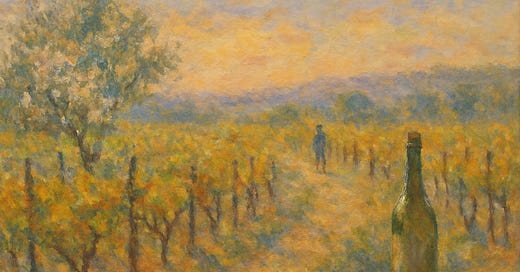



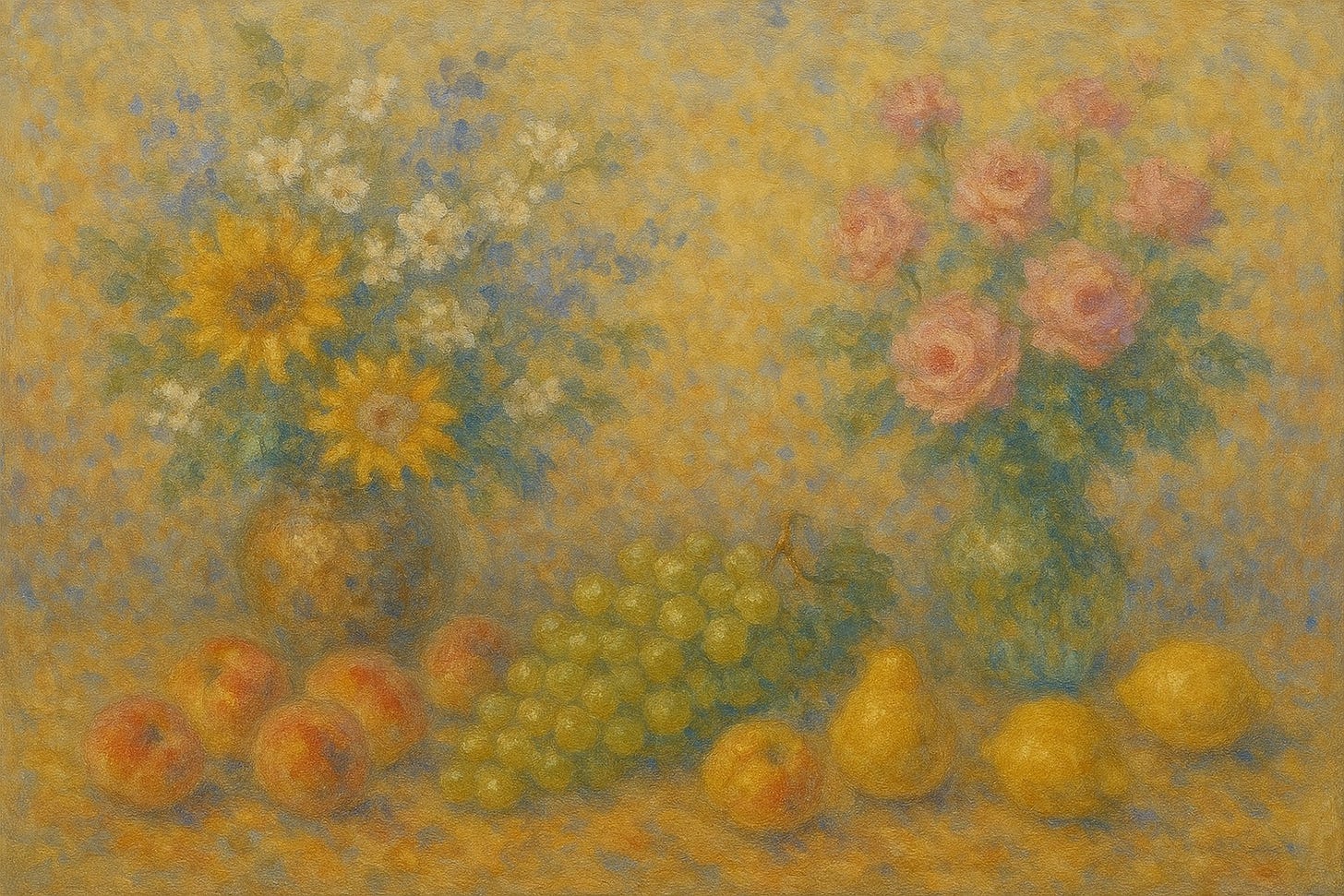

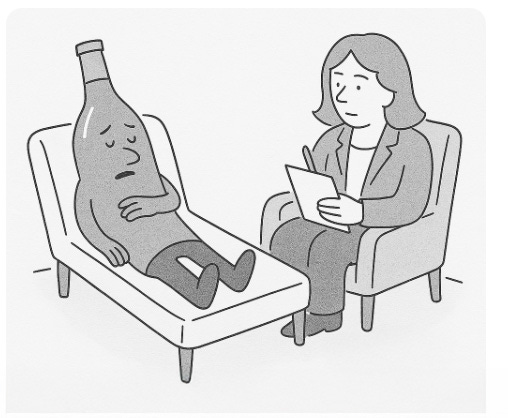

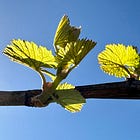
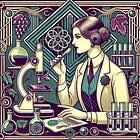
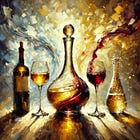
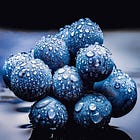



Thank you for featuring Chenin Blanc. We have been making it since 2010 at The Terraces, and we source the grapes from Clarksburg. Our customers love it, and it pairs with just about every food from sushi to ribs to super spicy Thai dishes.
Great post. Thank you!